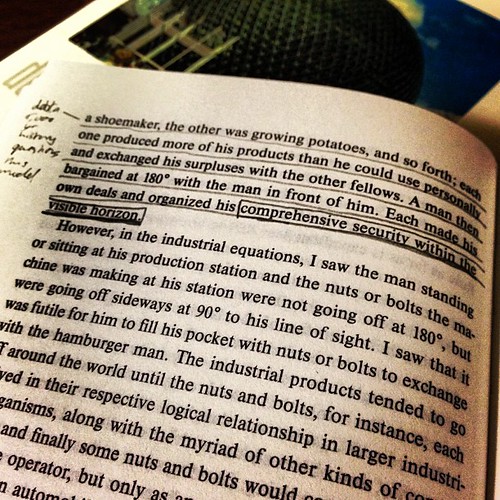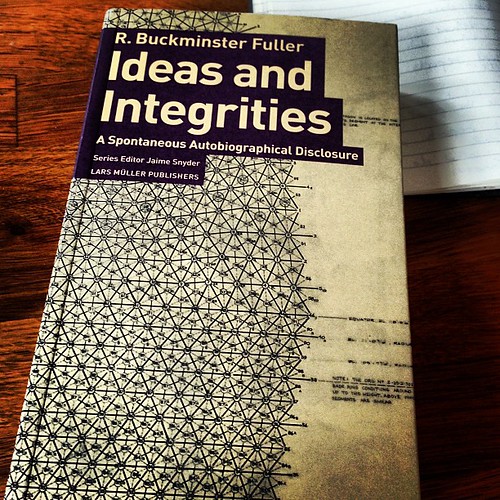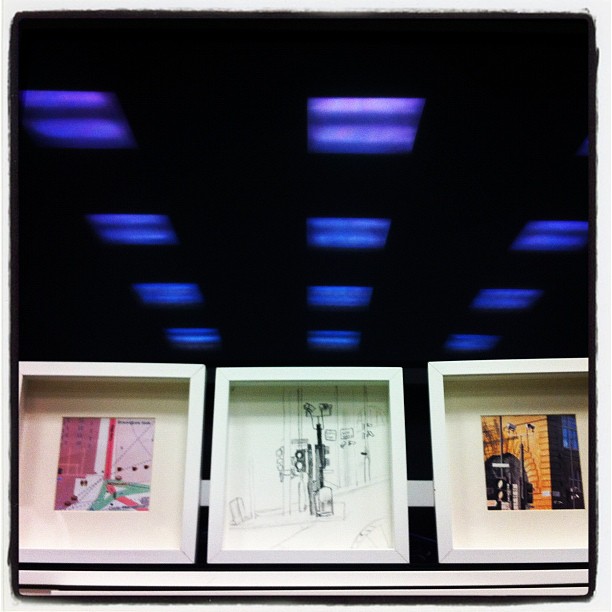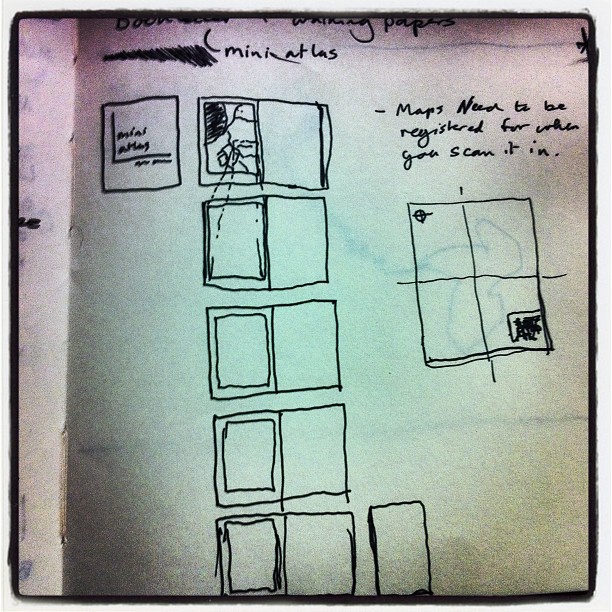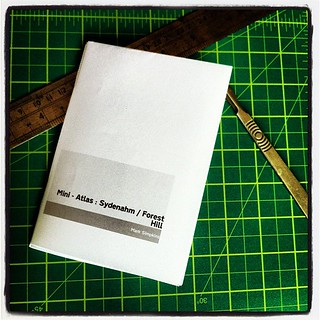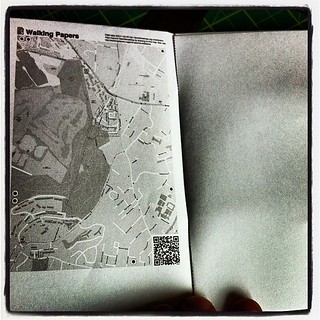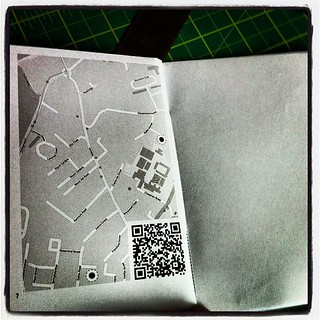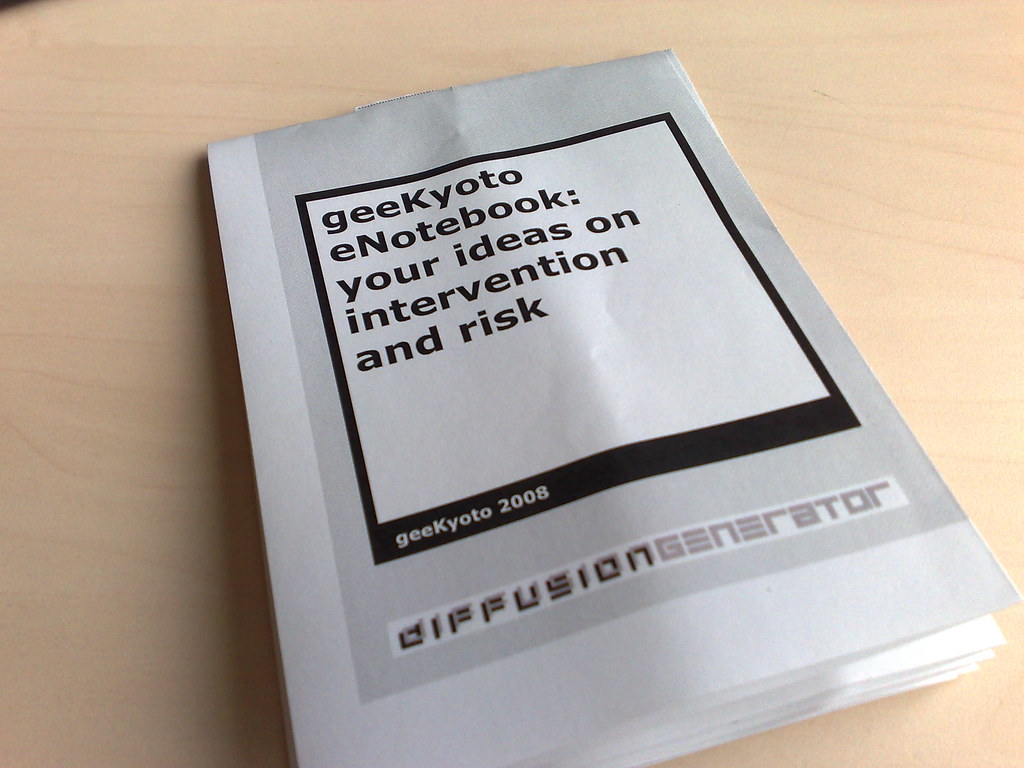The board in front of you is empty, a grid. Rooms and times around the edges. How are you going to create something from this?
We have had unconferences for a while now, take the existing format and then blow it apart, allow the participants to create the content, to share, discuss and learn. It does work and once most people get past the initial shock of that schedule grid being blank to start with they soon learn that its there for them.
We need to find new ways to fund arts and culture. We can not rely on what has been there before, institutions do crumble over time, things do change and whilst I, personally do not agree with a policy being discussed or enacted by the current government and that we should fight, question and argue each and every one of them, I also believe that this is an opportunity to try other things.
Crowdfunding is a way to go, in fact on the, now many, crowdfunding sites you can find a number of art projects, short films, gallery shows etc. WeDidThis is dedicated to crowdfunding art.
Before I have proposed ideas around how we could look at funding journalism if we wanted to avoid the possible agendas of media moguls. Now, lets think about the cultural space around us.
We are already crowdfunding art works:
In Oxford, the city council have started running Create, a project where, once a month artists submit proposals, from which 6 are selected to pitch at an event. The event is open to the public, attendees are asked for a suggested donation of £10 (a minimum of £5) which goes into the event pot. The council match the donations in the pot.
At the event, the artists pitch and everyone votes for who gets the money.
The People Speak also run a similar event called Who Wants to Be…?, the audience created a fund and then spent the event deciding what to do with the money. Designed as much around a game show and audience participation event, this is also a performance in itself.
The Oxford model has been run twice now and seems to be working, and is something that could be used elsewhere.
You could also use the model similar to the one I suggested for the news foundation, ‘I agree to pay X amount once a month into a fund.’ As a contributor to the foundation I get to vote for the board that will be in charge of the dispersal of grants from the fund. In this model I would have less say over what specific art, events etc. would get funded, instead I devolve that to a curatorial board.
This could be seen as similar to the Awesome Foundation.
Now the Arts UnCouncil, we look at the board showing the balance available to fund the arts and at first glance it is bare.
Then we notice in the corner Oxford City Council’s Create is there. Other projects, such as the Nesta backed National Funding Scheme are currently on trial (disclosure: there is some of my code and technical architecture in the NFS project) also fall into our field of view but there are still a lot of blank spaces.
These are the spaces that we can fill, The Arts UnCouncil is the collective effort of us all to take part in the cultural landscape of our society. It is not a replacement for the Arts Council but as well as. We are not looking to close the funding gap but to participate in the creation of culture and art.
Very quickly the spaces on the grid fill up. You read some of the titles, some really catch your interest, others you glance over but thats ok. An idea springs into your mind, how you want to talk about something that has been on your mind for a while, an idea or project you have been working on over time recently. You want to share and listen. So you grab a pen and fill in one of the spaces.
This is just a note to ask us to start talking about how we might all actively contribute to our cultural landscape, how we might allow for challenging work to be developed and produced, how we can feel a part of the landscape.
The Arts Uncouncil might become a thing, run in trust for us all or maybe it is just an idea around which we can think and talk and do.
Help start the discussion.
